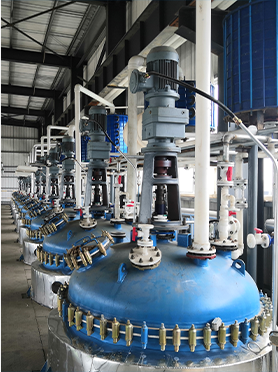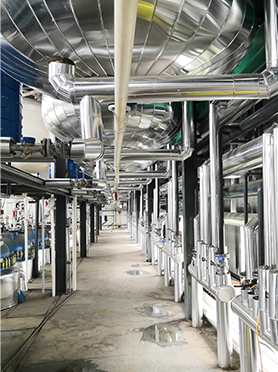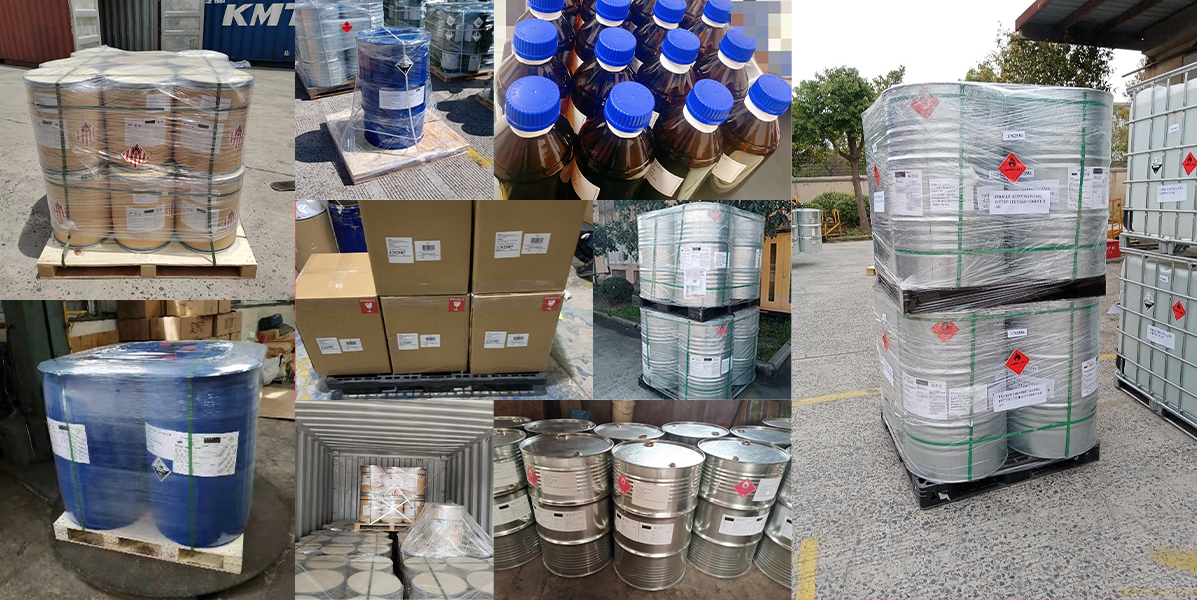Aldehydes are a foundational class of organic compounds, serving as critical building blocks in the synthesis of a myriad of valuable chemicals, including alcohols, carboxylic acids, and amines. The hydroformylation reaction, which introduces a formyl group (-CHO) and a hydrogen atom across a carbon-carbon double bond, stands as one of the most industrially significant methods for aldehyde production. At the heart of this transformation lies the catalytic power of transition metal complexes, with rhodium catalysts, particularly Bromotris(triphenylphosphine)rhodium (CAS 14973-89-8), playing a pivotal role.
The hydroformylation process, also known as the oxo process, typically involves the reaction of an alkene with synthesis gas (a mixture of carbon monoxide and hydrogen) in the presence of a catalyst. While cobalt catalysts were historically used, rhodium-based catalysts, especially those modified with phosphine ligands, offer significant advantages in terms of activity, selectivity, and milder operating conditions. Bromotris(triphenylphosphine)rhodium, a stable red solid with the formula C54H45BrP3Rh, is a prime example of such a catalyst. Its unique coordination sphere allows for efficient activation of both carbon monoxide and hydrogen, facilitating the insertion into the alkene substrate.
The advantages of using rhodium catalysts like Bromotris(triphenylphosphine)rhodium in hydroformylation are numerous. Firstly, they exhibit high selectivity towards linear aldehydes, which are often more desirable for downstream applications than their branched counterparts. This regioselectivity is influenced by the nature of the phosphine ligands, with triphenylphosphine being a widely employed choice due to its balance of electronic and steric properties. Secondly, rhodium catalysts operate at lower temperatures and pressures compared to cobalt systems, leading to reduced energy consumption and capital costs for industrial plants.
The process typically involves a catalytic cycle where the rhodium complex undergoes oxidative addition with H₂, forms a rhodium hydride species, coordinates the alkene, undergoes migratory insertion to form an alkyl-rhodium intermediate, inserts CO to form an acyl-rhodium species, and finally undergoes reductive elimination to yield the aldehyde product, regenerating the active rhodium catalyst. The stability and recoverability of the catalyst are crucial for industrial viability, and significant research has focused on optimizing these aspects.
For companies looking to implement or enhance their hydroformylation processes, sourcing high-quality Bromotris(triphenylphosphine)rhodium is a key consideration. As a trusted manufacturer and supplier, we offer this vital catalyst with guaranteed purity (typically >97%). When you decide to buy this compound, understanding its specifications, including the rhodium content and solubility, is important. Obtaining a quote from us allows you to compare our competitive pricing and reliable supply chain for your bulk purchase needs.
The synthesis of aldehydes via hydroformylation is a cornerstone of the petrochemical and fine chemical industries. The efficiency and selectivity offered by catalysts like Bromotris(triphenylphosphine)rhodium are instrumental in meeting the global demand for these versatile intermediates. By partnering with reliable suppliers, chemical manufacturers can ensure the consistent and cost-effective production of essential aldehyde derivatives, driving innovation and supporting diverse industrial applications.
Manufacturing Facilities






Professional Export Experience
to Global Customers

1. 20 years of R&D, manufacturing and sales experience, serving customers in 60 countries and regions around the world;
2. Own R&D laboratory, pilot platform and large-scale production workshop, which can meet the audit requirements of global customers;
3. We can satisfy customers' perfect transition from small scale lab requirements (gram level) to commercialization requirements (hundred tons level).
A: We don't have Minimum Order Quantity, exact quantity should be provided before quotation for us to calculate the exact cost.
A: We don't provide free samples due to lots of request and expensive international courier's cost, we can deduct the sample charge after commercial order placed.
A: Our payment terms: Small or sample order: T/T IN ADVANCE. Commercial order: First order should be by T/T IN ADVANCE or L/C at sight, and following orders T/T 30~90days is acceptable subject to approval of credit application.